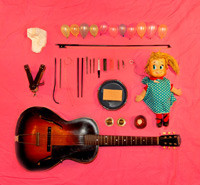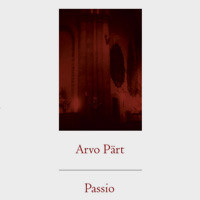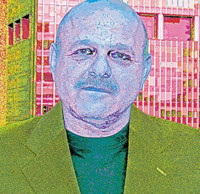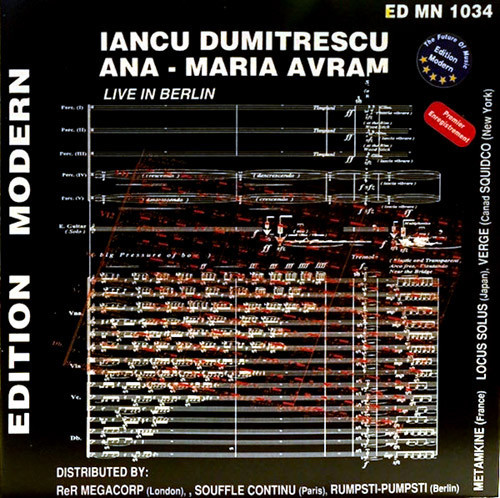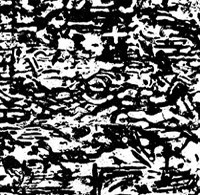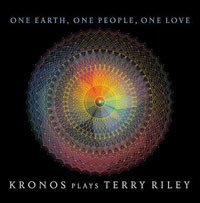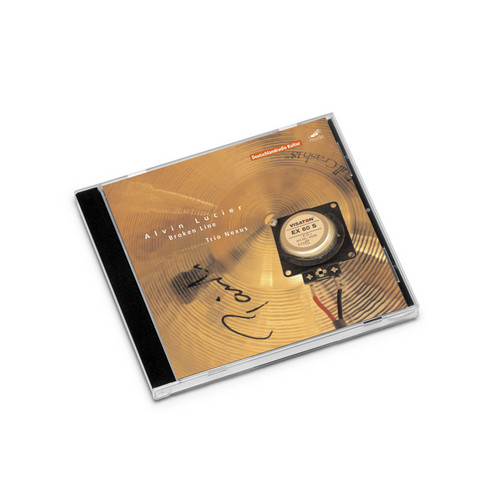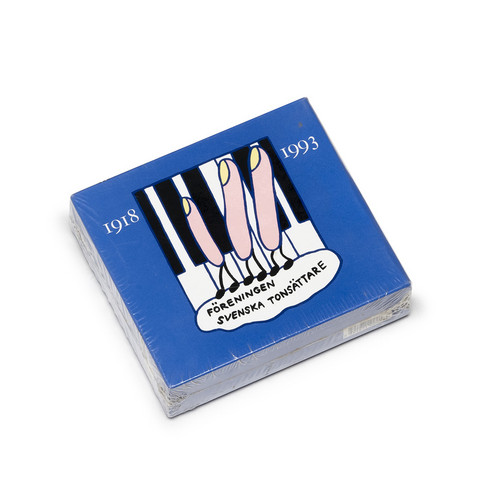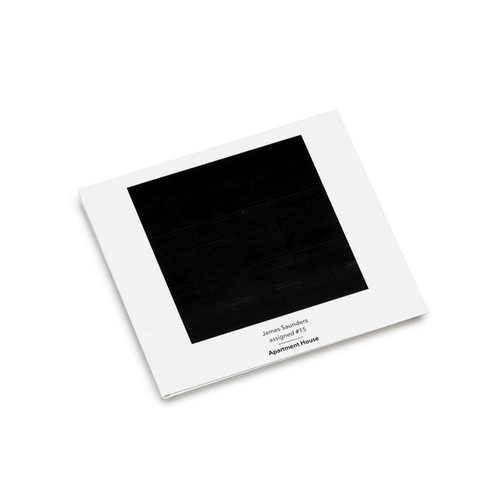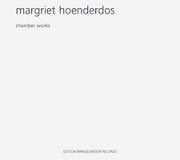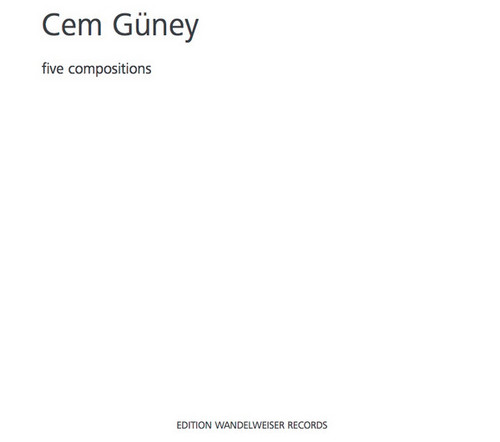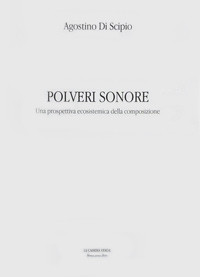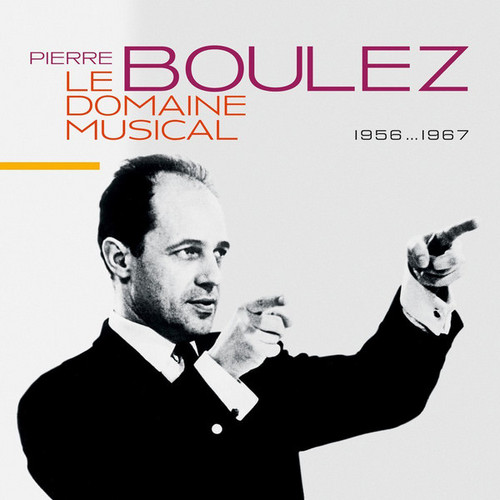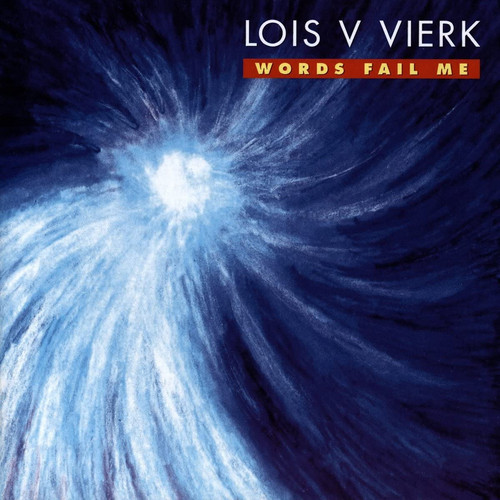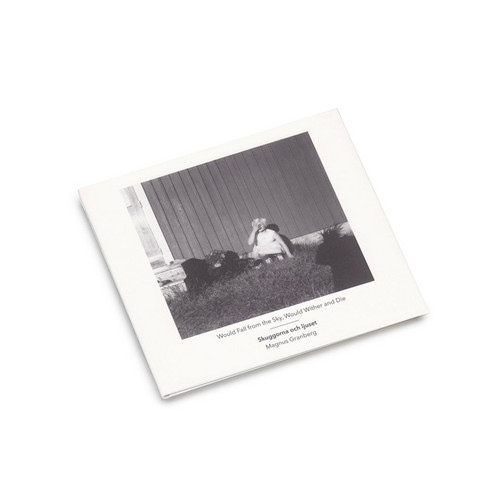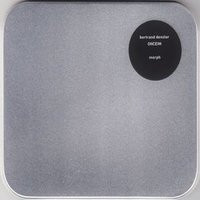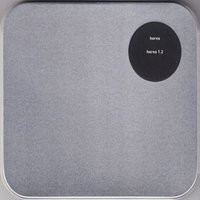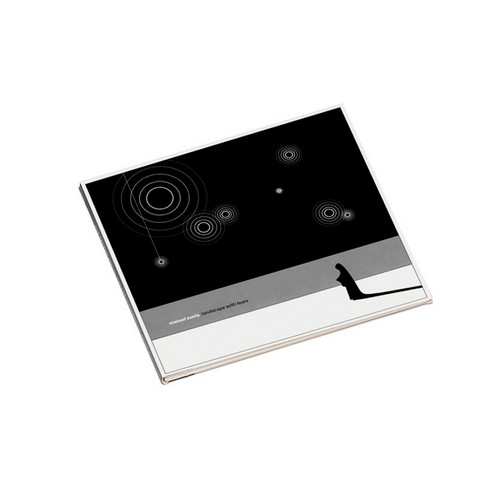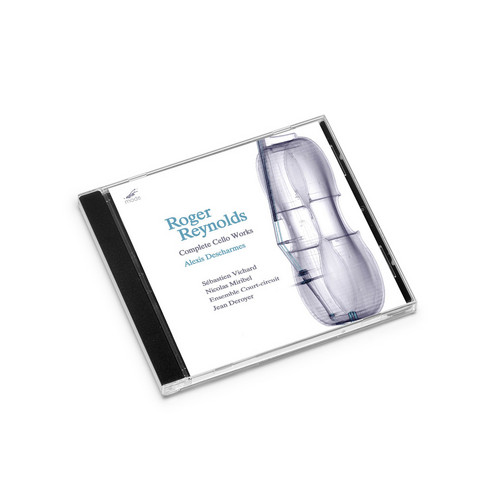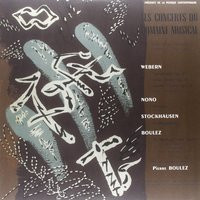James Moore Plays The Book Of Heads
Composed 1976–8 and now studied by guitarists the world over, The Book of Heads is one of John Zorn’s most popular and oft-performed compositions. Utilizing an hermetic language of meticulously notated sounds inspired by contemporary classical extended techniques, the idiosyncratic guitar languages of free improvisation, cartoons, film noir, world music, philosophy and more, they receive a virtuosic reading by James Moore, founding member of the Dither guitar quartet. This special edition …
Passio
The recording of this formidable piece of religious music dates back to 1988, though Passio had its Munich premiere back in 1982. The piece is an interpretation of the Passion as given account by St. John's gospel, which is here performed by The Hilliard Ensemble. At the core of the piece is the dialogue between Pilate and Jesus, as played out between tenor and bass vocalists, respectively. One of the key elements to the emotive success of Passio is the punctuation of the piece, with the …
Hyperrealist Music
This collection, featuring seven pieces from 2011 to 2015, celebrates Noah Creshevsky's 70th year with a fittingly life-affirming and masterful verve. An award-winning composer who has studied with Nadia Boulanger and Luciano Berio, he began composing electronic music in 1971, using the power of circuitry, tape and then digital technology to create a "hyperreal" musical world in which recordings of human performers, both vocalists and instrumentalists, are juxtaposed and recombined in compositio…
Live In Berlin
Iancu Dumitrescu, 'Ultrasonic sublime I' for crystals, artificial dimonds, contact microphones prepared piano, stretchable steel and computer. 'Gnosis IV' for solo doublebass. Soloist Ion Ghita. Ana-Maria Avram, 'Nocturnal' for two bass clarinets and computer sounds. Soloists Yoni Silver & Tim Hodgkinson. 'Metalstorm III' for ensemble and computer sounds.Hyperion International.
Clarinet and String Quartet
Saltern returns with a gorgeous new recording of Morton Feldman's Clarinet and String Quartet (1983) performed by Anthony Burr (clarinet), Graeme Jennings (violin), Gascia Ouzounian (violin), Che-Yen Chen (viola) and Charles Curtis (cello). This performance highlights Feldman's interest in notation by treating the slight differences in intonation and rhythm literally and specifically. Recorded by Tom Erbe in the living room of a friend of the musicians. Edition of 400. Housed in jackets print…
One Earth, One People, One Love: Kronos Plays Terry Riley (5-CD
In honor of groundbreaking American composer Terry Riley’s 80th birthday, Nonesuch Records releases One Earth, One People, One Love: Kronos Plays Terry Riley—a five-disc box set of four albums of his work composed for, and performed by, his longtime friends and champions Kronos Quartet—on June 23, 2015, in North America and July 10 for the rest of the world. Riley and Kronos met more than 35 years ago, and since then, the quartet has commissioned 27 works from him, more than from any other compo…
Broken Line
Alvin Lucier (b.1931) is the great American poet of acoustic phenomena. He has a keen sensitivity to the way objects vibrate, the way sound waves travel to our ears, and to the way our brain processes those vibrations. Trio Nexus is a Berlin based ensemble specializing in New Music.
Carbon Copies seeks the recreation on musical instruments of sounds recorded in the environment. Here, the musicians prepare the piece by making their own 15-minute recordings 'of any indoor or outdoor environment.'…
1918 - 1993
The Society of Swedish Composers (FST) was founded in November 1918 as a professional association of full-time composers. Since then it has had a total of 269 members, including every composer of importance during this century. This recording works by 29 composers who have distinguished themselves, not only through their compositions but also within FST and in the cause of Swedish music generally.
Assigned #15
Assigned #15 continues James Saunders’s trajectory of modular, context-sensitive composition. Derived from his long-term project #[Unassigned], this work is scored for seven musicians - violin, viola, cello, percussion, melodica, chamber organ, and objects - each participant given bespoke instructions drawn from Saunders’s accumulated material. Apartment House’s performance (recorded at St Paul's, Huddersfield) embodies Saunders’s philosophy: structure and interpretation are reconfigured for eac…
Chamber Works
2015 release **
"Margriet Hoenderdos, a student of influential Dutch composer Ton de Leeuw, was still honing her own distinctive voice at the time of her premature death in 2010. The precariousness of simply existing is effectively evoked in a 21 minute woodwind quintet in which she responded to a poem by Hans Faverey, written as he endured his own terminal illness. Sombre and harmonically anxious, this music resembles a physical construction that appears sturdy, yet has an unnerving tendency to…
Five Compositions
2015 release **
"Pieces written for a sextet of flute, clarinet, percussion (quiet, white-noisy/rattley-type things), violin, viola and cello. They each follow a similar pattern, presenting a solitary idea – a chord, an instrumental texture – that alternates with short silences and gradually evolves with each return. The first, two and three, is almost like breathing. The sounds themselves are beautifully and carefully devised, particularly the gently descending peals in mulberry grove, but it …
Polveri Sonore. Una prospettiva ecosistemica della composizione
In Italian only, extensive book on the well-known Italian composer Agostino Di Scipio, that collects his writings. along with interviews and essays. Deluxe edition. "Polveri sonore, una prospettiva ecosistemica della composizione è un libro sull'opera di Agostino Di Scipio, curato da Giovanni Andrea Semerano (e con opere grafiche di Matias Guerra). Una somma di testi dell’autore, di critici e studiosi, un’intervista inedita ed un CD con una selezione di brani, registrazioni di esecuzioni dal viv…
Le Domaine Musical 1956... 1967
"For the occasion of Pierre Boulez' 90th birthday on 26 march 2015, Universal Classics France present a revised and enhanced version of the former edition celebrating his years at the helm of paris' legendary "Le domaine musical" concerts. Initially presented in two volumes, the recordings are now assembled in a single 10cd set, documenting the history of the domaine musical with a mixture of live concert recordings and studio sessions based upon the performances in the Théatre Marigny in Paris,…
Words Fail Me
The majestic beauty and savage turbulence that one often beholds while witnessing an awesome act of nature is also evident in Lois V Vierk's vigorous and delicate music. In her meticulously wrought works, she enfolds the rapture of opulent expression in the elegance of formal rigor, a combination that derives much of its power and grace from a sensitive integration of Western experimental practices with the traditional classical music of Japan. "I've always felt equally drawn to the West and to…
Would Fall From The Sky, Would Wither And Die
Skuggorna och ljuset is a quintet featuring Magnus Granberg (clarinet, composition), Anna Lindal (violin), Leo Svensson Sander (cello), Kristine Scholz (prepared piano), and Erik Carlsson (percussion). Their sole album, Would Fall from the Sky, Would Wither and Die, departs from Granberg’s larger ensemble Skogen. Without electronics, the sound is more chamber-like, each gesture and note given time to settle, bloom, and fade in a gently hypnotic field.
The work transforms the harmonic material o…
Morph
Recorded in concert at Église Saint-Merry, Paris, 27.06.2014
Horns 1.2
Recorded at Atelier Polonceau Thomas-Roudeix, Paris, 18.05.2014 Alto Saxophone – Pierre-Antoine BadarouxTenor Saxophone – Bertrand DenzlerTrombone – Fidel FourneyronTrumpet – Louis Laurain
Landscape with Tears
At his third release for our Zeit Composer Series, the talented Italian flute player Manuel Zurria has given birth to some of the most heartbreaking music ever published by Die Schachtel. A moving and incredibly clever transcription for flutes, glass and electronics of John Dowland's 1604 masterwork Lachrimae functions as the thread between a stunning and totally rewarding series of pieces by György Kurtag, Peter Eötvos, Gavin Bryars, Mary Jane Leach, Howard Skempton, closing on a composit…
Complete Cello Works
This first complete recording of Roger Reynolds' cello works is being released to celebrate the composer's 80th birthday. This special 2-CD set contains many first recordings. French cellist Alexis Descharmes and Reynolds have a close artistic relationship which led to this composer supervised set. Alexis Descharmes is an internationally regarded musician and specialist in contemporary music. He has worked with the Ensemble Intercontemporain, Ensemble Alternance and Ensemble Court-circuit…
Le Concerts du Domaine Musical 1956
Doxy presents a reissue of "Les Concerts du Domaine Musical", originally released by the French label Véga in 1956. Le Domaine Musical was a concert society established by Pierre Boulez in Paris, which was active from 1954 to 1973. Boulez intended to provide opportunities for new music, after a general musical migration from Germany and Austria to Paris in the wake of those countries' legacy of war-torn decades without music. Le Domaine Musical created an exciting milieu in which the best an…
